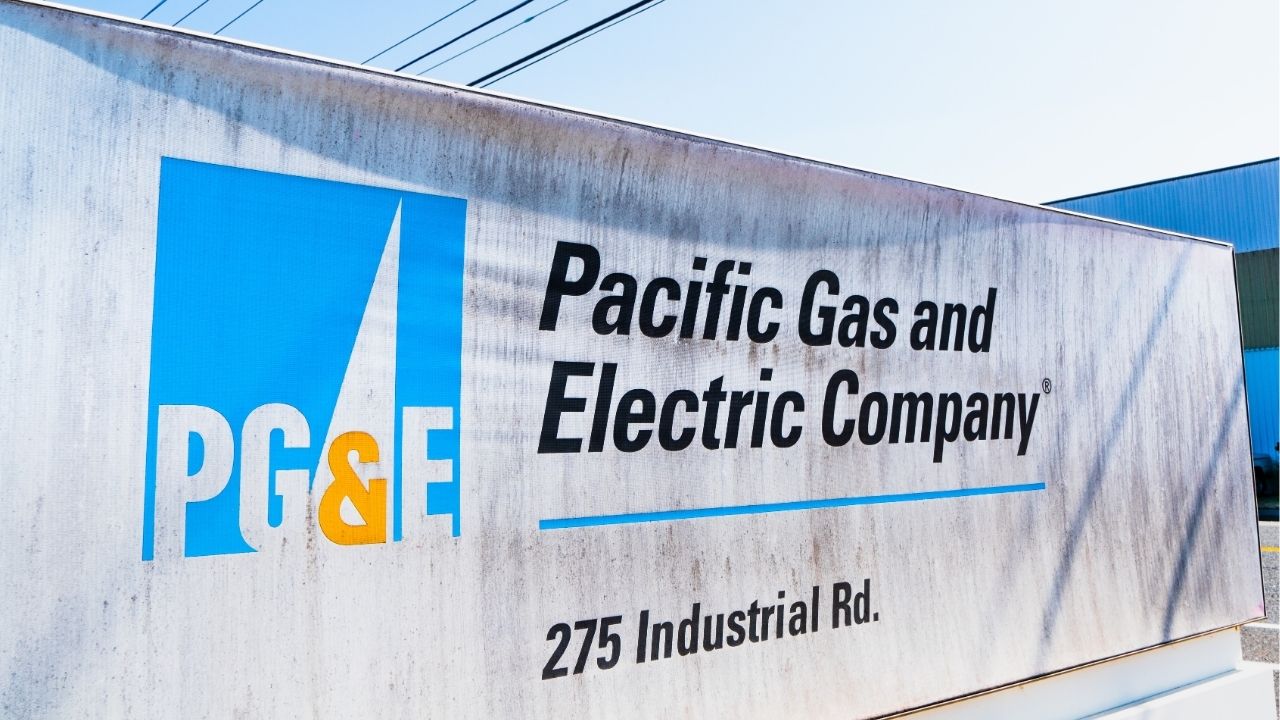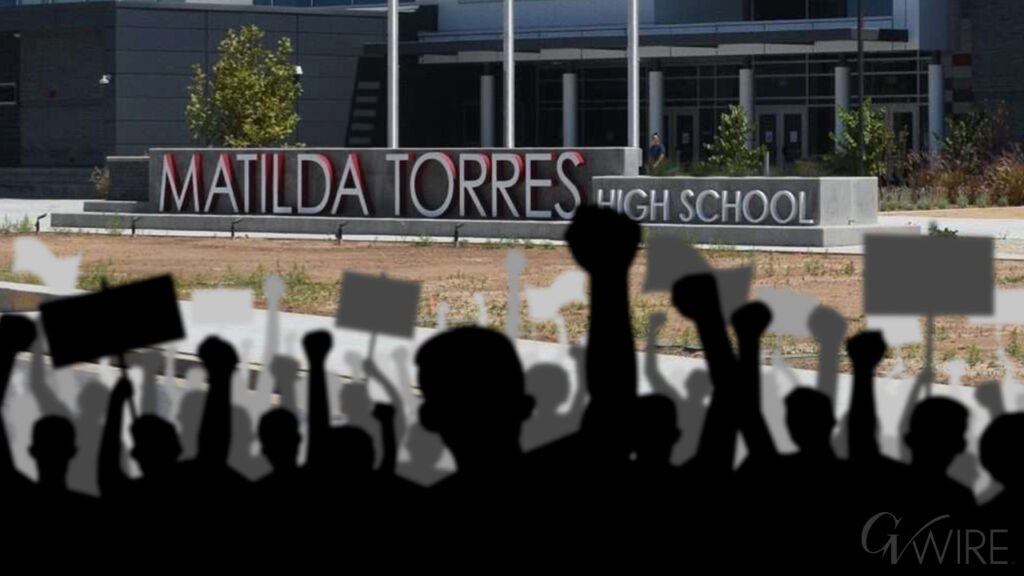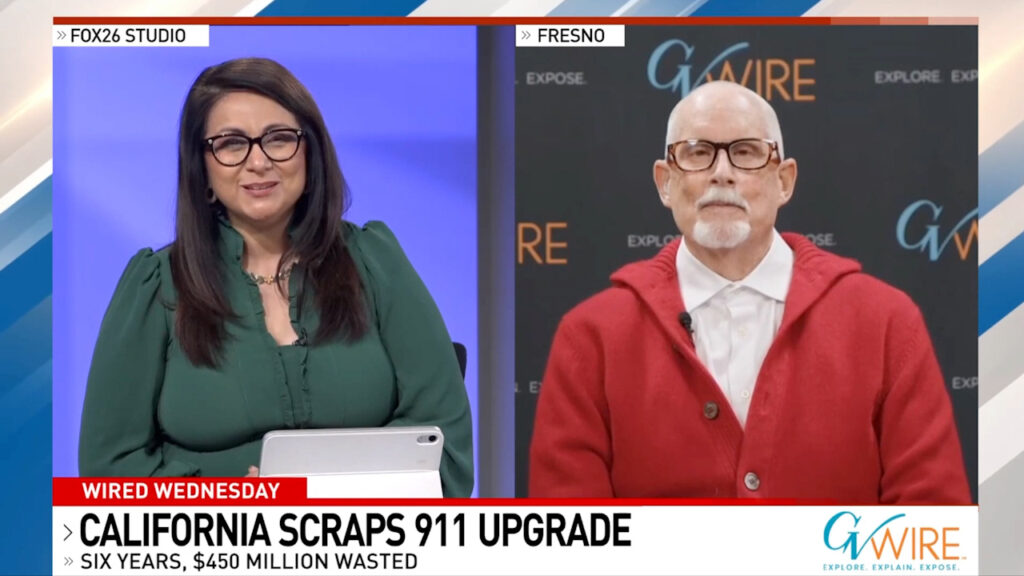A solar advocacy group has filed a complaint accusing California’s two largest utilities of routinely missing state deadlines to connect rooftop solar panels to the power grid—by as much as 73% of the time — and urged regulators to finally enforce penalties for the delays. (Shutterstock)

- Solar advocates say PG&E and Edison routinely miss deadlines connecting panels to the grid, delaying California’s renewable energy goals.
- A complaint urges regulators to penalize utilities for delays that cost customers money and stall rooftop solar interconnections statewide.
- California’s utility commission has yet to enforce its solar connection timelines, leaving advocates frustrated by a lack of accountability.
Share
|
Getting your Trinity Audio player ready...
|
This story was originally published by CalMatters. Sign up for their newsletters.
The state’s two largest utilities routinely drag their feet connecting solar panels to the electric grid, missing state-mandated deadlines as much as 73% of the time, according to a complaint filed to regulators by solar advocates.
The complaint filed by a solar energy advocacy group urges the California Public Utilities Commission to hold utilities accountable when they fail to meet such deadlines. The commission is formally reviewing it.

Malena Carollo
CalMatters
The advocates have complained for years that such delays hinder California’s transition to renewables. State utility regulators are separately revisiting the process for connecting rooftop solar to the grid, including examining whether and how the utility commission should require utilities to comply with the timelines it established years ago.
But the commission has yet to reprimand utilities for regularly missing these deadlines.
“The rule is there, but the commission hasn’t chosen to enforce [it],” said Kevin Luo, policy and market development manager for the California Solar & Storage Association, a group advocating for the adoption of solar energy that filed the complaint.
When Californians add solar panels to their rooftops, they begin a complex “interconnection” process led by the utilities to ensure the array is correctly installed and able to provide power for both the customer and the grid, which receives power the customer does not use. For each interconnection step, the utility is allotted a certain amount of time, ranging from five business days to 90 calendar days.
The timelines for several of the more extensive steps – including design, construction and installation – were clarified in a 2020 decision after solar panel owners complained that California’s major investor-owned utilities were blowing their deadlines.
The delays can have significant financial consequences for panel owners, widening the period after they have laid out money for solar cells but before they see a reduction in their power consumption or payments from selling excess solar power back to utilities.
Pacific Gas & Electric, Southern California Edison, and San Diego Gas & Electric all report their compliance with these timelines on a quarterly basis. The reporting is for projects over 30 kilowatts, which are often for businesses, not residential homes, and account for the majority of solar projects.
PG&E, Edison Exceed Allotted Windows
These data show that PG&E and Edison routinely exceed the allotted windows.
In the complaint, filed in late August, the California Solar & Storage Association noted the utilities take longer than permitted to connect customers between 19% and 73% of the time, depending on which stage of the process is examined.
For example, the utilities are given 10 business days to acknowledge someone’s request for interconnection – PG&E’s median time for this step was 20 days, with its longest being 245 days. One of the most crucial steps is a system impact study, which looks at how the addition of a customer’s solar array will affect the grid and identifies any potential issues with hookup. PG&E kept to its timeline 49% of the time, while Edison met its deadline 43% of the time, according to the complaint.
San Diego Gas & Electric typically meets its deadlines and wasn’t included in the solar association’s complaint about timeliness.
PG&E spokesperson Mike Gazda responded to the complaint by stating that “PG&E is a strong advocate for solar energy and has interconnected nearly 900,000 solar customers—more than any other U.S. utility—to support customers who have made the choice to go solar, strengthen California’s energy grid and reduce our state’s carbon footprint. We look forward to addressing the latest claims made by the solar gorup through the appropriate regulatory channels.”
Edison spokesperson Jeff Monford said the company takes “complaints seriously and [is] working with the California Public Utilities Commission to thoroughly address any issues related to our interconnection processes.”
Permitting Issues, New Tech Cause Delays
Utilities have previously said that delays can be caused by permitting issues, unfamiliar new technologies, or other agencies needing to be involved.
So what happens when they break the rules?
The utilities commission declined to lay out specific penalties when it clarified the timelines in 2020. It rejected a recommendation from a working group including industry representatives and consumer advocates to “clearly indicate that financial penalties” could happen if a utility fails to meet the timelines on 95% of projects.
“The commission must first determine whether timeline certainty is improving,” the decision said. Regulators could set out penalties in the future “if it determines such a construct would support timely interconnection.”
The commission declined to comment because the case is an “ongoing adjudicatory proceeding,” Adam Cranfill, spokesperson, said.
Without some kind of punishment, advocates argue, there’s not only no incentive for utilities to follow the rules, there’s a disincentive because of how the money flows.
“From their perspective, solar and storage is competition for them,” Luo said. “Having people with their own solar and storage reduces the need to continually expand the grid and build out transmission lines.”
California’s rooftop solar industry has been mired in controversy in recent years because of the state’s “net energy metering” program, which governs how much utilities are required to pay solar customers for extra energy their panels generate. The program is meant to incentivize adopting renewable energy sources and offset the significant cost of rooftop solar, but utilities argued it creates an unfair cost burden for those without solar who pay more for costs such as grid maintenance. As a result, the current iteration of the program pays out significantly less than prior versions.
Three environmental groups sued over the change, and the California Supreme Court ruled last month that the lower courts should reexamine the case’s details instead of deferring to utility regulators.
—
This article was originally published on CalMatters and was republished under the Creative Commons Attribution-NonCommercial-NoDerivatives license.



















